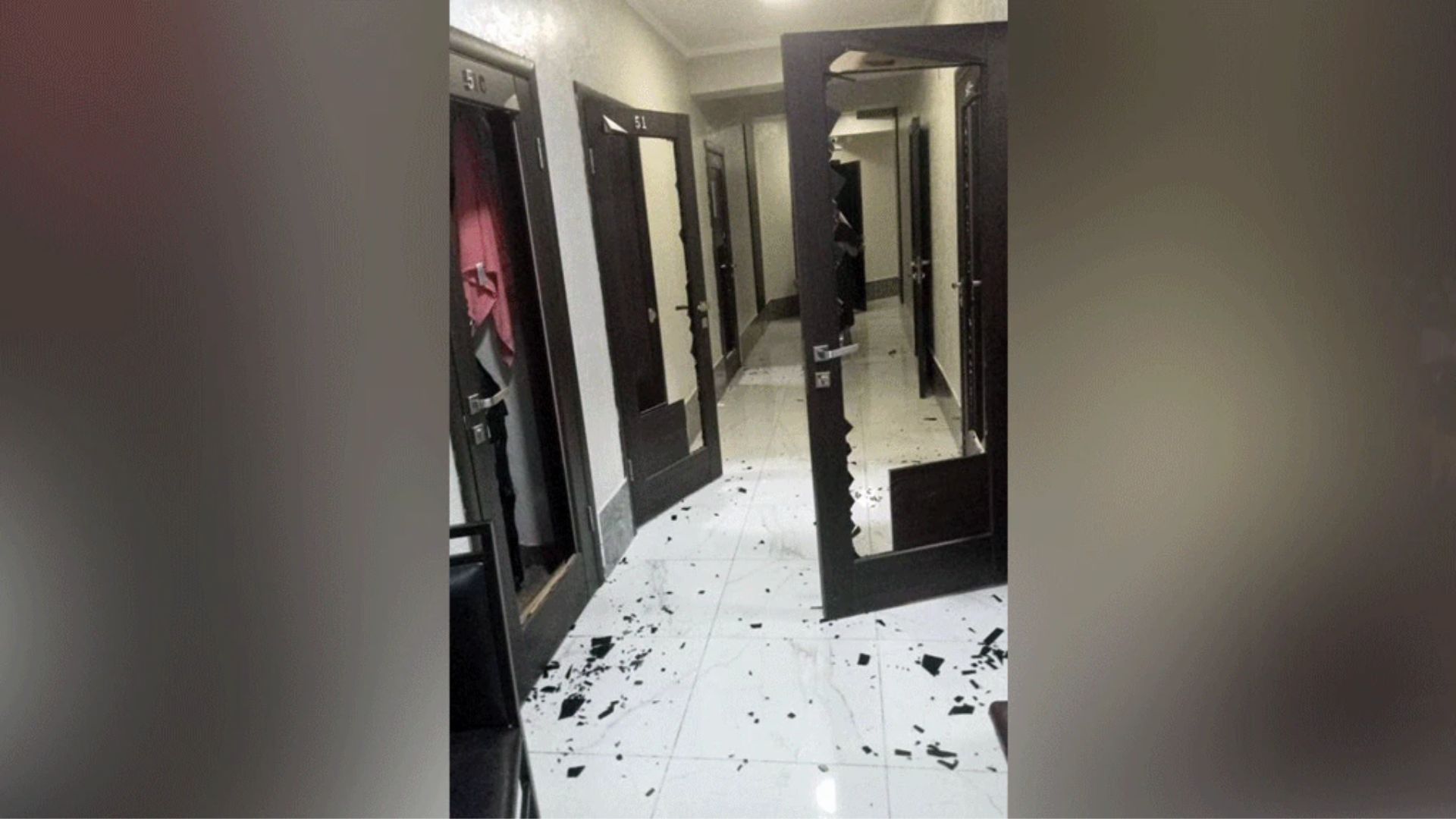Violence has erupted in Kyrgyzstan, with mobs targeting hostels housing students from India, Bangladesh, and Pakistan. What led to the violence and why do so many South Asian students study in Kyrgyzstan? Kyrgyzstan’s capital, Bishkek, has been on edge over the last couple of days, with violent mobs targeting hostels housing students from India, Bangladesh, and Pakistan. Three Pakistani students have reportedly been killed in the violence, prompting Islamabad and New Delhi to issue advisories for their nationals in Kyrgyzstan.
Local reports said the violence erupted following a brawl at a hostel between locals and foreign students, including Pakistanis and Egyptians. A video of the fight, which allegedly occurred on May 13, went viral on social media, and the violence spilled onto the streets of Bishkek.
Monitoring the welfare of Indian students in Bishkek. Situation is reportedly calm now. Strongly advise students to stay in regular touch with the Embassy. https://t.co/xjwjFotfeR
— Dr. S. Jaishankar (Modi Ka Parivar) (@DrSJaishankar) May 18, 2024
Advertisement · Scroll to continue
Locals started gathering on the streets on Friday to protest alleged lenient treatment of foreigners involved in the fight, according to a report in the Times of Central Asia. However, police said three foreigners were detained on suspicion of hooliganism. It soon turned into a free-for-all as mobs targeted hostels of medical universities housing students from India, Pakistan, and Bangladesh. Pakistan’s Aaj News reported that women students were harassed, and several students were injured.
However, Pakistan’s Embassy in Bishkek said it has not received any reports of deaths yet and asked its students to “stay indoors until the situation returns to normal.”
Deeply concerned over the situation of Pakistani students in Bishkek, Kyrgyzstan. I have directed Pakistan’s Ambassador to provide all necessary help and assistance. My office is also in touch with the Embassy and constantly monitoring the situation.
— Shehbaz Sharif (@CMShehbaz) May 18, 2024
“A few hostels of medical universities in Bishkek and private residences of international students, including Pakistanis, have been attacked. There have been reports of light injuries to a number of students from Pakistan,” the Pakistan embassy said.
“Despite social media posts about the alleged death and rape of Pakistani students, so far, we have not received any confirmed reports,” it further said. External Affairs Minister S. Jaishankar said the situation was “calm” in Bishkek and advised students to stay in regular touch with the Indian Embassy.
“The situation is presently calm, but students are advised to stay indoors for the moment,” the Indian Consulate tweeted.
Meanwhile, videos of the clashes have flooded social media since Friday night.
In one such viral video, three students are seen narrating the harrowing situation. One of the students said mobs started attacking international students after a fight between locals and Egyptian students. He said six students were killed, although he did not specify their nationalities. He also claimed that the police were not helping the international students.
The Kyrgyzstan government said the situation was stable and police had negotiated with the protesters to stave off any confrontation.
Why Students from India Go to Study in Kyrgyzstan
The recent developments reflect tensions in the Central Asian country over the increasing inflow of migrants from South Asia and Russia. Kyrgyzstan has long been a favored destination for students from South Asian nations for top-notch medical training. As per the Migration Data Portal, Kyrgyzstan hosted the highest number of international students (61,418) in 2021 among the five Central Asian countries.
There are about 14,500 Indian and 10,000 Pakistani students in the Central Asian nation. Multiple reasons attract students to Kyrgyzstan, which boasts the best healthcare, education, and transportation facilities among Central Asian nations. The cheap cost of living, wide availability of Indian cuisine, a good student-teacher ratio, and no entrance fees are some of the facilities that attract Indian MBBS students. Moreover, degrees from most Kyrgyzstan medical institutions are internationally recognized, including by the World Health Organization (WHO).
Even though Russian is the official language, teaching activities are conducted in English. One of the major factors is the tuition fee. An MBBS course of 5–6 years, including clinical training, will cost around Rs 22 lakh in Kyrgyzstan.
In India, a medical course in an elite private college will cost around Rs 25 lakh per year, totaling over Rs 1 crore for the full course. The average fees of deemed universities is Rs 21 lakh a year. Moreover, India has just 90,000 MBBS seats.
Kyrgyzstan’s Migrant Problem
The migration situation has also been exacerbated by the Ukraine war, with a wave of Russian migration to Kyrgyzstan following military mobilization in the country. Kyrgyzstan offered a “digital nomad” program for Russian natives and their families to settle in the country. Kyrgyzstan was part of the erstwhile Soviet Union and became independent in 1991. As per the government, 184,000 Russians arrived in the country from January to September 2022. This raised concerns among locals amid an economic downturn. Kyrgyzstan is heavily dependent on Russian foreign direct investment and labor migrant remittances from Russia.
However, investments have dwindled in the past two years due to the Ukraine war. Moreover, a wave of sanctions by Western nations has affected Kyrgyzstan-based companies.






















